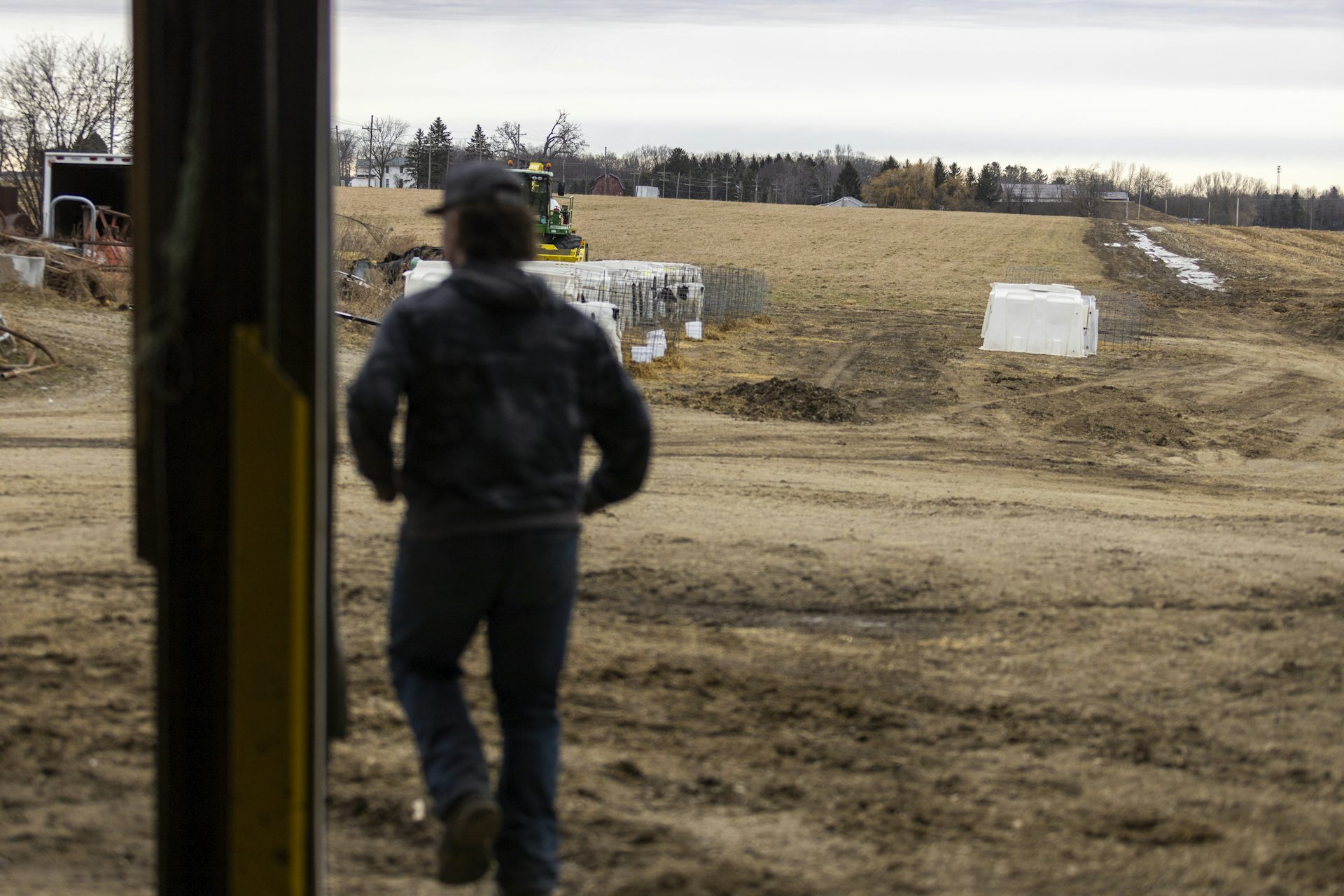Rural health cooperatives are challenged by connectivity and social distancing -- but are innovating
The pandemic has exacerbated existing issues of connectivity and access, but providers and patients are finding creative solutions.
Rural areas are seeing some of the fastest spread of the COVID-19 in the U.S., taxing already stressed rural health care systems. Researchers Tanisa Adimu and Amanda Phillips Martinez head the Community Health Systems Development team of the Georgia Health Policy Center at Georgia State University, providing and evaluating technical assistance to rural health care providers and organizations around the country. Over the past months, they surveyed around 120 rural health care providers about the challenges they faced during the COVID-19 pandemic and how they are adapting to meet those challenges.
New ways to get health data
There has been a drop in the number of patients making in-person visits to clinics and hospitals, so biometric data points like body mass index and blood pressure along with other clinical measures have been difficult to collect.
So rural health collaboratives are relying more on self-reported data, which has its own limitations, but is certainly better than no data at all. These data are usually collected by phone, email, video conferencing and even the old-school method of snail mail. Health care providers are sending out information for patients to complete and send back to them by mail.
Others engage people where they gather – at convenience or grocery stores. And they are using those sites as an opportunity to meet people where they’re likely to go in order to collect data and information.
Delivering services for mental health and addiction
Peer support programs require a trusting relationship and are driven mainly by in-person contact. The peer support specialist takes their client to an appointment, or to go have coffee on a bench at the park. So we heard from folks that one strategy was just connecting by phone or moving to online and virtual. This helps mitigate transportation barriers, and also some of the stigma of maybe having your car parked outside the mental health clinic for all to see in your small community. So there have been some some positives to the changes brought by the pandemic.
An unexpected opportunity has been the expansion of access to telehealth services. Clinicians are now able to deliver and be paid for additional services through telehealth, and many of the patients they are seeing are responding very positively.
Technology barriers to access
Connectivity and technology issues are persistent challenges in rural communities, even before the pandemic.
As a result of the barriers to access presented by the pandemic, rural health collaboratives report unreliable or spotty access to broadband when trying to meet with patients, partners and staff.
Others have shared the challenge of engaging patients who do not have access to technology. Not everyone has a smartphone or a computer to videoconference with their doctors. Rural health collaboratives have responded to these challenges through innovation and creativity. Some rural providers are offering what they’re calling curbside visits, or they are loaning iPads to patients who are in their vehicles and are there for virtual visits at their clinic.
Another especially creative method which demonstrates the cohesion that is often found in rural communities is that there are schools, libraries, hospitals and even a local McDonald’s that offered their parking lot so that community members can use their WiFi as a hotspot.
Changes here to stay?
When we first started hearing from the rural collaboratives in March and April, everyone was in sprint mode, figuring stuff out on the fly and learning as they go. Nobody had an instruction manual per se for how to take your services, make them pandemic-relevant, meet the needs of your communities and fulfill the requirements of their grants. We’re starting to see providers move from the sprint mentality into the marathon mentality. The pandemic is here to stay for a while.
Things will probably not go back to the way that they were pre-COVID-19 in terms of how we deliver health care services, given how patients want health care services and what they need.
One of the challenges is that rural health collaboratives are concerned about the uncertainty of the policy environment going forward. And so they’re asking themselves, “When we’re on the other side of COVID-19, are we still going to be able to provide services to our patients to the extent that we have during the pandemic?”
The authors do not work for, consult, own shares in or receive funding from any company or organization that would benefit from this article, and have disclosed no relevant affiliations beyond their academic appointment.
Read These Next
Rural high school students are more likely than city kids to get their diplomas, but they remain les
1 in 5 students in the US are living in rural areas.
Texas cities have some of the highest preterm birth rates in the US, highlighting maternal health cr
Rates of preterm births, maternal deaths and other adverse birth outcomes are abysmal across the US,…
Why do people get headaches and migraines? A child neurologist explains the science of head pain and
Many different types of stress can trigger a headache. Luckily, there are treatments that can help stop…





